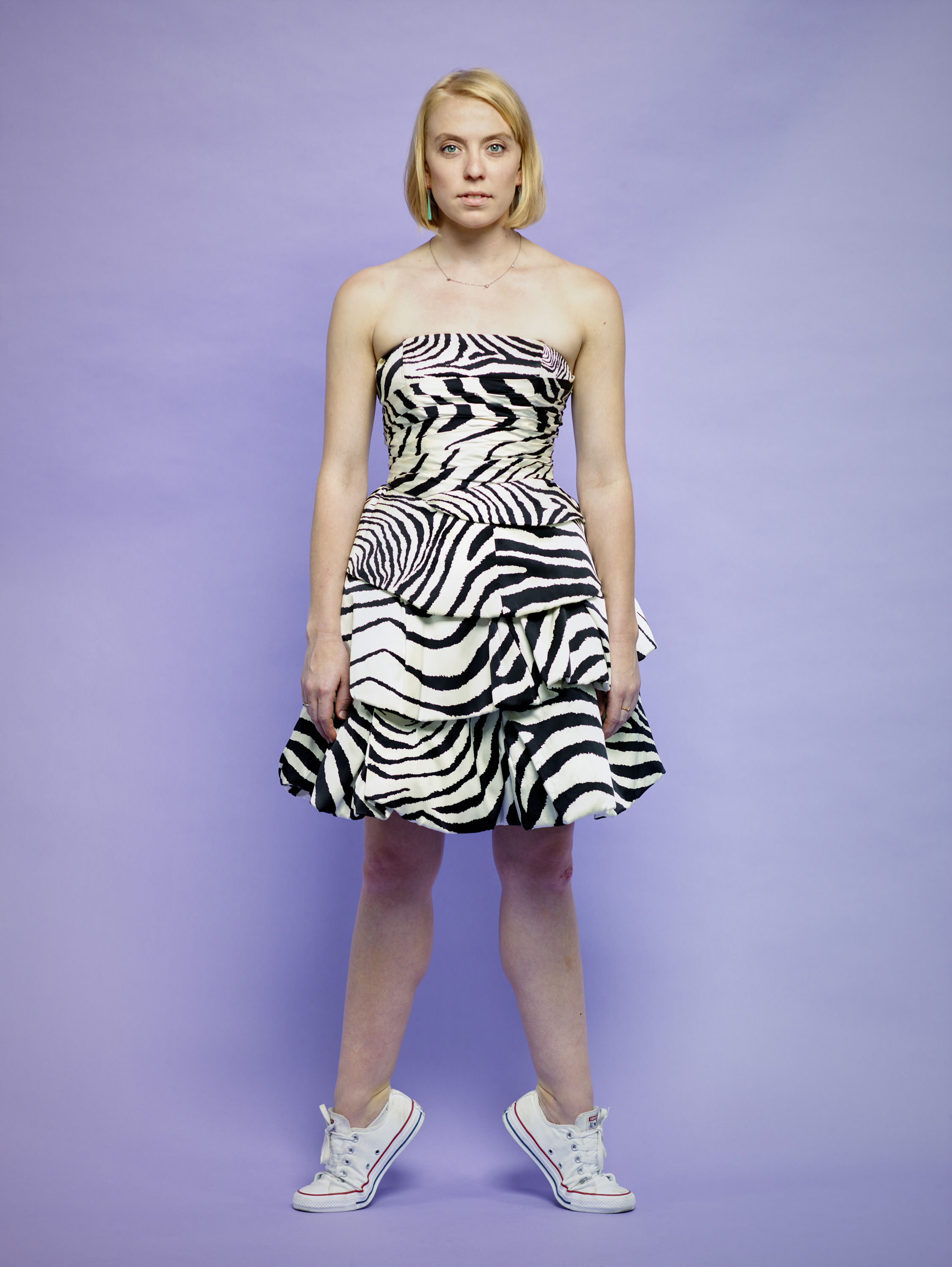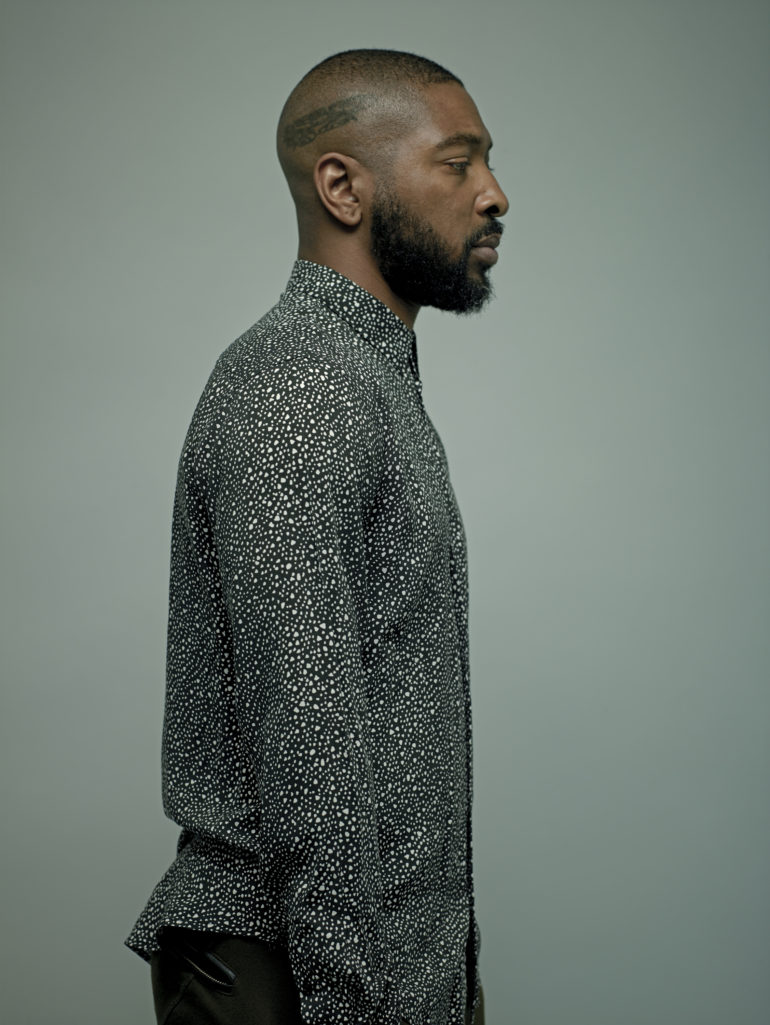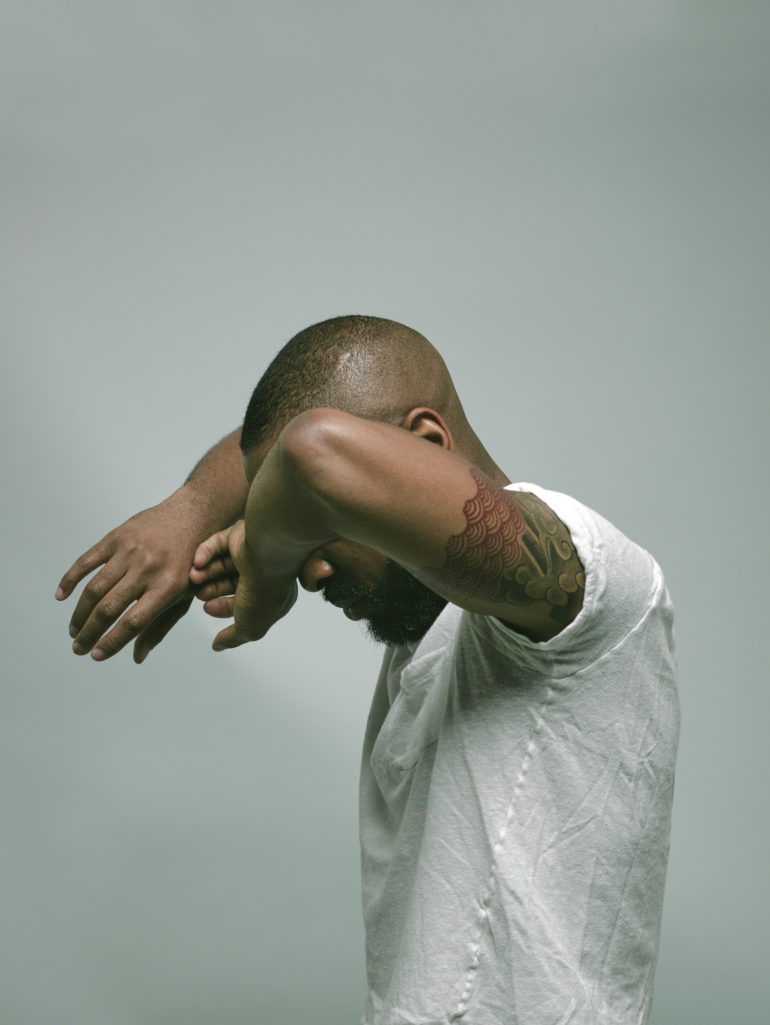All images by Tatiana Wills. Used with permission. Follow her @tcwills and check out her website.
“I pay attention to my dreams and ideas that pop up into my subconscious around 3AM,” says Tatiana Wills about where she draws inspiration from. “…foregoing some of the luxuries pre-COVID afforded me, I’ve gone back to an idea I had 15 years ago to put my work into public spaces, once again playing and experimenting while the outside world feels chaotic. It’s all I know how to do.” Indeed, her sense of experimentation comes through in her work, at least when it comes to working with her subject matter. On the technical side though, we can all agree that it’s clean and vibrant–with a unique look amongst much of the more painterly styles that are out there and the street scenes we see. And part of that comes from Tatiana’s work in medium format film.
I treat everyone basically the same no matter what their creative path. I try my best to tap into my intuition and allow space for someone to feel invested in what we’re doing that day. I check in with them when they arrive at the studio and we consider wardrobe, chat about what we’re into, how they’re feeling. I’m notorious for telling people I’m still testing the light when I’m simply allowing them to be their best selves, somewhat less guarded.
Tatiana on working with dancers
Phoblographer: Talk to us about how you got into photography and the story of your first camera. Was there anything about it that you feel really helped you connect with your subjects?
Tatiana: For me, photography wasn’t necessarily something I’d set out to “do.” By the time I bought my first camera, a creative life felt like a childhood dream. I was living in Seattle, just had my first child, and wanted to send photos of her to family out East. I saw a pretty banged up Pentax P3 manual film camera for 35 bucks, lens included, in an electronics repair shop near my apartment. I learned to use it by reading the instructions on the film I bought from a drug store. I did what any new parent does, I guess and photographed this new person over and over until I felt like I got a “good” image or ran out of money for film, which was pretty often.
It wasn’t until my dad shipped me a darkroom kit for my birthday the following year that I became interested in photography as a way to express myself creatively. The process of being in the darkroom experimenting became integral to my life outside of the daily demands for my attention. I made a darkroom in my garage and spent all my free time there while my daughter slept. I was less interested in a specific subject matter at first because I enjoyed the process more. I would sometimes use found negatives and expired film stock just to see what happened when it was developed. Once, I got a big batch of high ISO recording film, which was originally used for police surveillance. I was too busy to shoot during the day at the time and liked the idea I could photograph at night without taking long exposures. I asked a friend to come along as my subject and can easily say that was the beginning of my interest in photographing people.
“I prefer to subscribe to the “less is more” philosophy, generally using one light and one camera that can switch between analog and digital. I’m not sure the viewer wants to “see” the technique before “seeing” the person.”
One night we used silver body paint and flashlights and went out to a nearby beach, using only the light from the street lamps in the parking lot. It was like a drug for me to race back home and develop the film to see what we got. From then on I just wanted to shoot more and more. I’ve pretty much always chosen who I want to work with on my own terms. It’s not particularly lucrative at times but much more fulfilling. Maybe it allows for freedom to connect with people on a deeper level.
Phoblographer: Where do you draw inspiration from these days? How has that changed since you started?
Tatiana: It’s generally people that inspire me. Artists I read about, see at shows, or meet in person. My husband and daughter are huge sources of inspiration. Pre-COVID, my daily ballet class kept me going too. I pay attention to my dreams and ideas that pop up into my subconscious around 3AM. If I’m being completely honest, though, I’m not photographing at the moment. Instead, I’m diving into the archives, editing, and printing. Again, foregoing some of the luxuries pre-COVID afforded me, I’ve gone back to an idea I had 15 years ago to put my work into public spaces, once again playing and experimenting while the outside world feels chaotic. It’s all I know how to do. Given that theater arts have been so devastated by recent events around COVID-19 with theaters being shut, tours canceled, and livelihoods in jeopardy, I’m also seeing an astounding level of resilience and conversation that makes me hopeful for the future.
“One night we used silver body paint and flashlights and went out to a nearby beach, using only the light from the street lamps in the parking lot. It was like a drug for me to race back home and develop the film to see what we got.”
Phoblographer: Your photos of dancers in motion are all about having them be who they are, against a striking background, and using lots of lighting to help with them standing out. Many times when we see images like this, they have a painterly look to them. But yours don’t seem to draw inspiration from paintings, nor are you trying to play with shadows a whole lot. Can you talk to us about how you put your sets together or at least where the inspiration for this look came from?
Tatiana: I guess the answer might be that I’m not overly enamored with shadows or obscuring something for no reason. I prefer to subscribe to the “less is more” philosophy, generally using one light and one camera that can switch between analog and digital. I’m not sure the viewer wants to “see” the technique before “seeing” the person. I find it’s generally unnecessary to get too tricky, especially since I want the people I work with to be seen as a person and not ONLY a body in motion! Although I’m completely familiar with many specialty techniques and processes, it doesn’t mean I need to employ them unless I feel it will add something to the work. I often feel that omitting context is key to a more impactful portrayal.
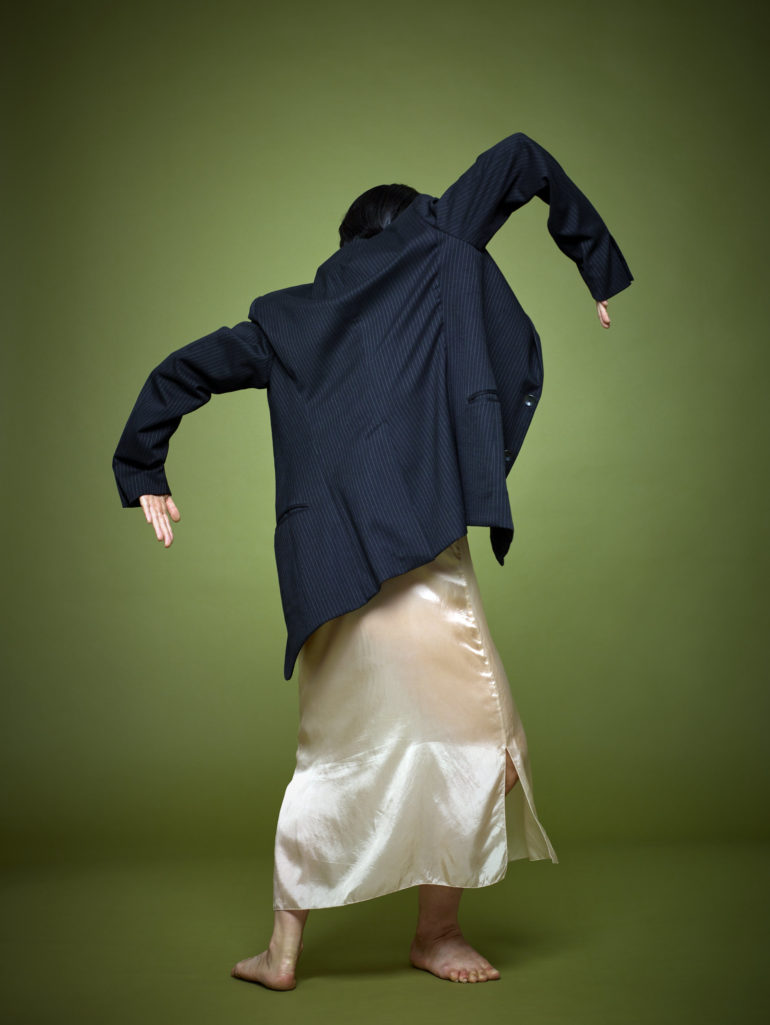
I have a background in illustration and I’m fortunate to be able to draw from those skills. All the hours spent burning and dodging with my hands and kitchen utensils allow for a bit of what makes my images mine.
Phoblographer: How much input do you have on the wardrobe when you’re photographing your subjects? Holistically speaking, all this is top-notch, clean, and striking.
Tatiana: It’s basically a collaboration between me and the artist. Since we usually meet or converse ahead of time there’s a general understanding and freedom in making an image together that’s representative of the person, not only the dancer, choreographer, painter, author, what have you. I’ve forged relationships with some of the wonderful business owners at independently owned shops in Venice. They allow me to select garments for my shoots, and I act as my own stylist. I have a rack of things I’ve collected over the years that I make available, pull from my own closet, etc. I also give artists the option to bring things from a list I’ve created, but it’s really something I leave to them. It’s a big part of my process that I thoroughly enjoy. Ultimately, I want people I work with to be themselves or be whatever part of themselves they’re comfortable with that day. Clothing can be a big catalyst for excitement about an idea and allows for play and conversation too. Fashion is an expressive art form in and of itself. Maybe I secretly want to be a fashion photographer?
Phoblographer: How do you tend to shoot? Is there direction given to dancers and do they do what you need them to or is the process more about capturing scenes?
Tatiana: This definitely depends on the artist. I treat everyone basically the same no matter what their creative path. I try my best to tap into my intuition and allow space for someone to feel invested in what we’re doing that day. I check in with them when they arrive at the studio and we consider wardrobe, chat about what we’re into, how they’re feeling. I’m notorious for telling people I’m still testing the light when I’m simply allowing them to be their best selves, somewhat less guarded. Many times we don’t need words, there’s a flow. I live for those moments! I want my studio to be a safe space to create. With dancers, it’s natural for them to want to move. Any instruction I give is generally for them to make things smaller and quieter. Music is almost always playing and I enjoy making playlists to set the tone. I take my time and encourage them to take theirs. I do my best to honor what is asked of me or what we discuss ahead of time but mostly it’s just about spending time making something both of us feel good about.
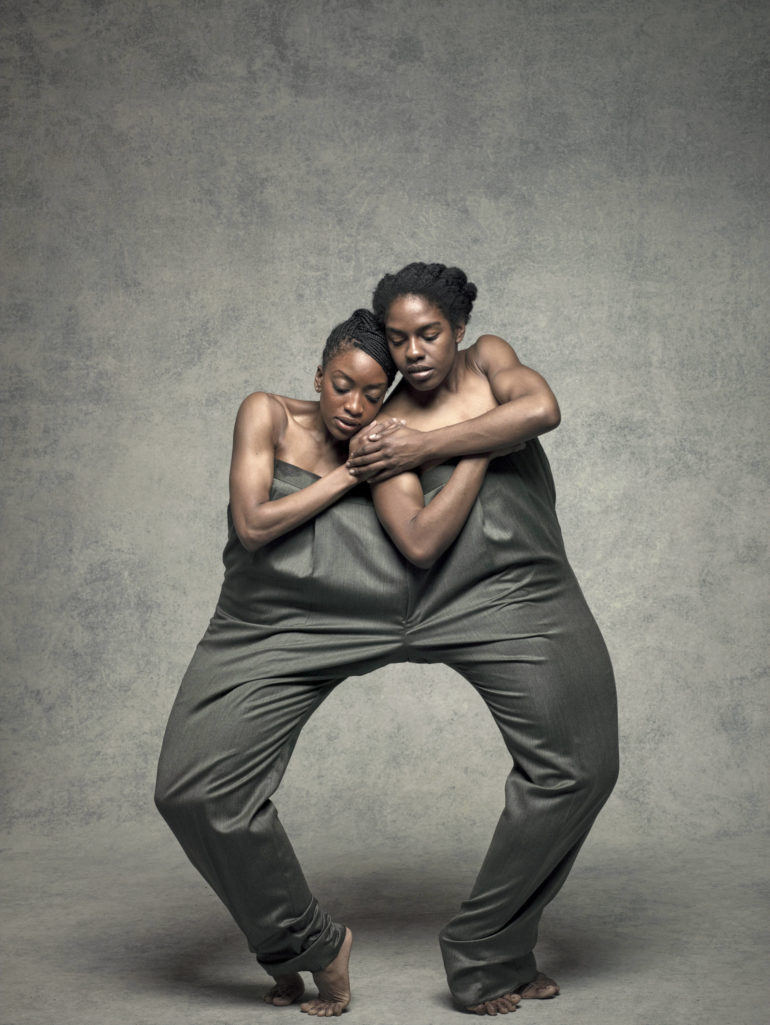
Phoblographer: Please talk to us about the gear that you use? Can you list out cameras, lenses, software, and lights for us?
Tatiana: Sure, I love to geek out even though sometimes I reject the notion that gear is a thing. I could go on for days about it, but I don’t consider myself super technical.
I own Mamiya RZ67 cameras and lenses. I think I have most of the lens options available but mainly use the 110 and 180 portrait lens. I received my first one as a gift from my husband’s dad, who gave me his after insisting he thought I would get more use out of it. I love it, and still use it to shoot film here and there but mostly only use it for the end of day polaroid. I have a used PhaseOne IQ 180 Digital digital back and about four used RZ ProIID bodies and adapters I got online. I’ve owned Canon 5D’s but used it mostly for commercial stuff, light tests, and saving money on Polaroid (which I still shoot and give to the artist at the end of the day), but I recently gave them away to someone who needed it more. I rent lighting—usually Broncolor—I don’t own any lights because I find it annoying to carry extra maintenance costs and insurance. Chimera makes a shallow bank with the special plastic rolled up baffle that comes in a tube (not sure who makes that but it comes with it), and I have an additional (proprietary) thing I use, courtesy of the alley behind my house. Not to be overly cryptic, but it’s a thing. I use Capture and Photoshop. Have an iMac, Eizo Monitor, and way too much data that give me hives just writing about it. I like to shoot tethered and couldn’t do what I do without the expertly talented Sara Tollefson, who is my go-to Tech and kick-ass photographer. I also make my own prints.
“I like to think light is a way to mimic or enhance the sun, with a bit more control.”
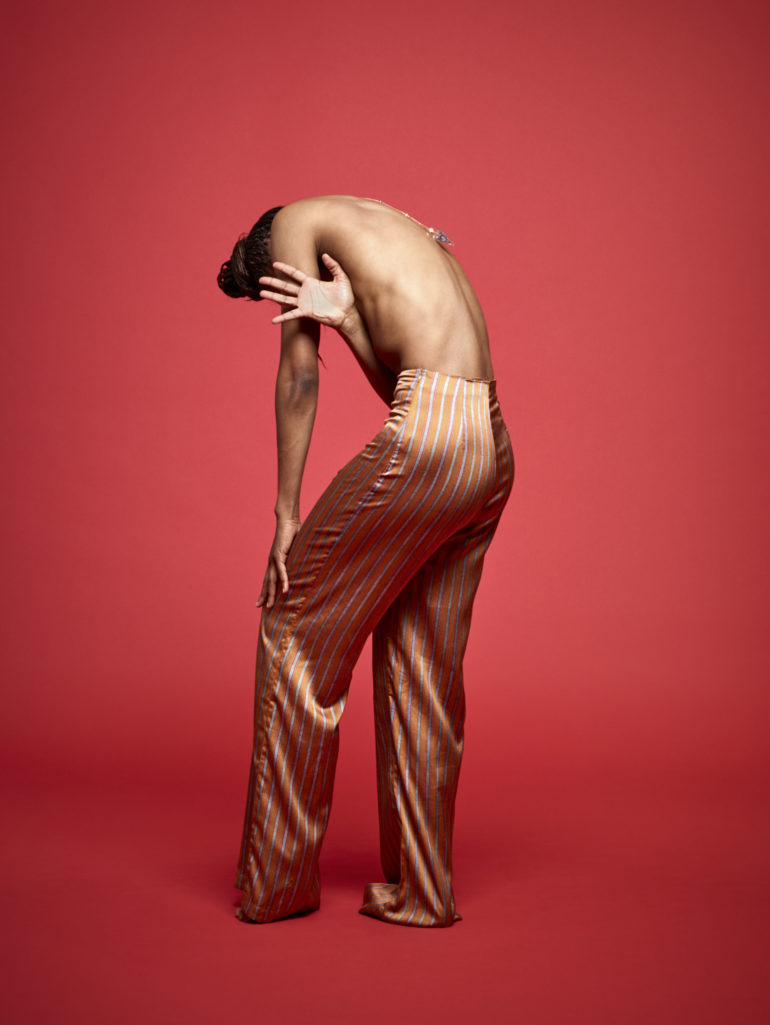
Phoblographer: It doesn’t look like you do a whole lot of post-production, although it sometimes indeed looks like there’s a bit of retouching. Can you talk to us about the post process?
Tatiana: If you’re talking about the images I’ve stitched together, then yes, most are obviously done in post. As for retouching, I color correct, take out weird anomalies, weird shadows or fabric that isn’t cooperating. Having come from a film background, I’m not so great at checking the monitor all the time, opting to go with the flow during the shoot. It’s a tool. Like anything else in the studio, I try to use it judiciously. I’d also like to mention that, in my experience, I have to do more to the digital images than to the film images. Between annoying dust particles and “’too much” information in the skin tones, I find I spend more time taking away than adding, dealing with color shifts, etc. That said, I have a background in illustration and I’m fortunate to be able to draw from those skills. All the hours spent burning and dodging with my hands and kitchen utensils allow for a bit of what makes my images mine.
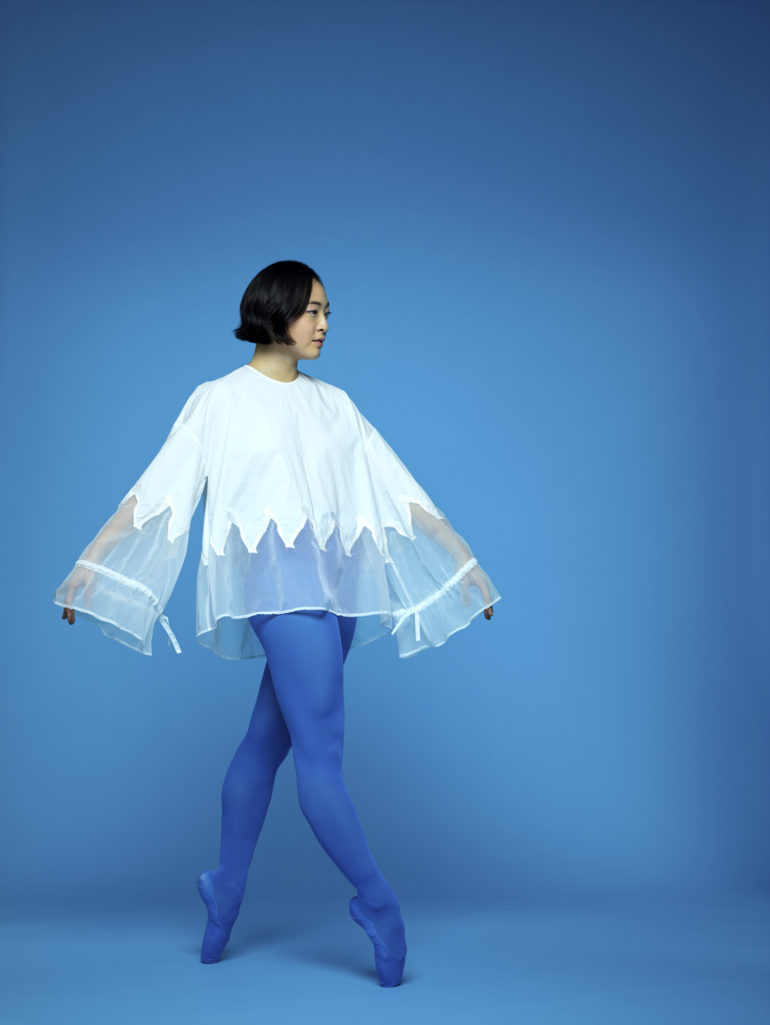
Phoblographer: How do you think that the gear you use helps you achieve the creative vision that you’re looking for?
Tatiana: As I mentioned, keeping it simple allows for a more intimate experience without everyone crowding me or the person I’m working with. I’m about as pared down as it gets from what I’ve seen. (I’m feeling pretty good about this now given the current state of things.) Shooting tethered allows freedom to explore ideas and see what’s working, when to move on, etc. It’s also fun to show the artists what we’ve done and get their input. For me, it creates space for a more collaborative spirit during our sessions.
Phoblographer: A big part of this is the lighting and the placement of it all. So we’re assuming that you’ve got precise calculations, measurements, etc. all set up to make this so exacting, right?
Tatiana: I wish I could be that person. Sometimes I write stuff down while I’m experimenting so I can replicate it later, but, no, I’m not one for measuring or using a light meter. I like to think light is a way to mimic or enhance the sun, with a bit more control. I almost always leave my studio doors open to let the sun in. It’s always changing with weather, time of day, time of year. I like to play with this variable if there’s time and inclination. It’s pleasing to see something the way we see it naturally, using a more pliable facsimile to compliment or create a slight atmosphere. There comes a time when you’ve done something long enough to predict the result. Come to think of it, nothing I do is overly precise, so it’s always a work in progress.
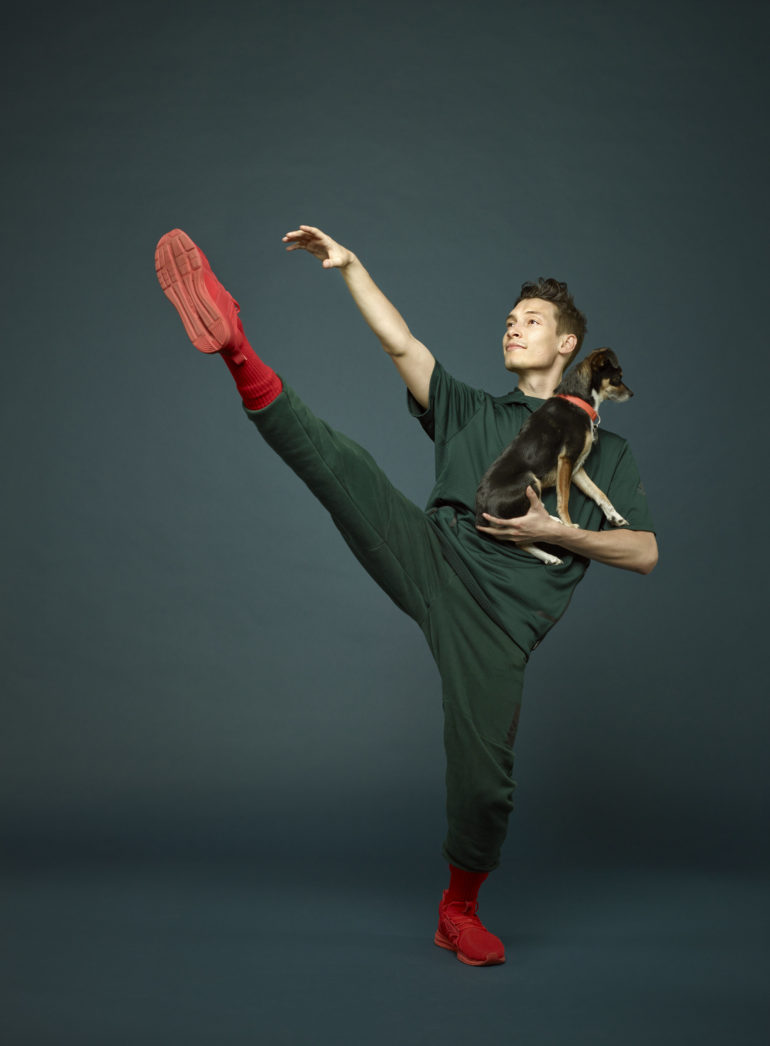
Phoblographer: How do you go about choosing the talent you work with?
Tatiana: I have lists, but usually, like with my current projects, it starts organically, word of mouth builds within a community of those artists and the rest is history. Momentum being what it is, there is a bit of work I do to make myself known within a group to gain trust. It’s a collection of moments that happen over time, leading or nudging me to pay attention to what’s next, who’s next. I try lots of things and whatever sticks is where I tend to go. In the case of the dancers, after photographing my daughter for so many years, her foray into professional dance brought me here. She’s now a soloist at a ballet company on the East Coast. With her, I never really considered that I was photographing an aspiring dancer until I was. For us, it was the usual time we spent together in my studio. Serendipity plays a big part in what I respond to. I go to things I’m interested in and invite people to be part of what I’m doing. If I see someone or something I like, I ask.
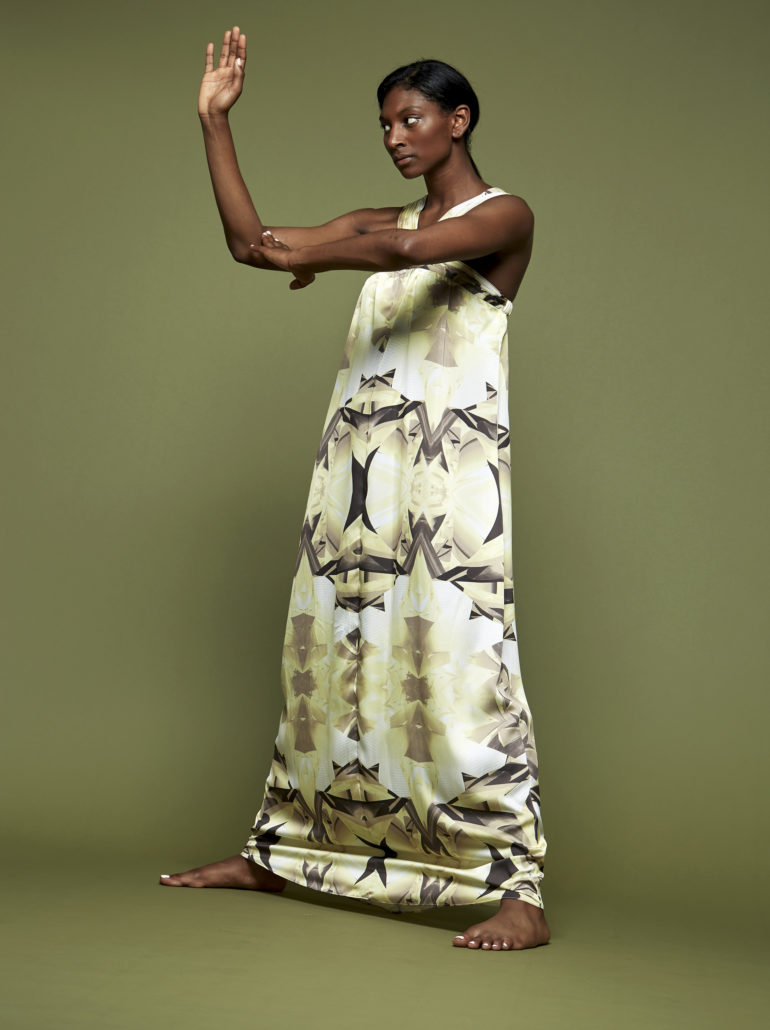
All images by Tatiana Wills. Used with permission. Follow her @tcwills and check out her website.


